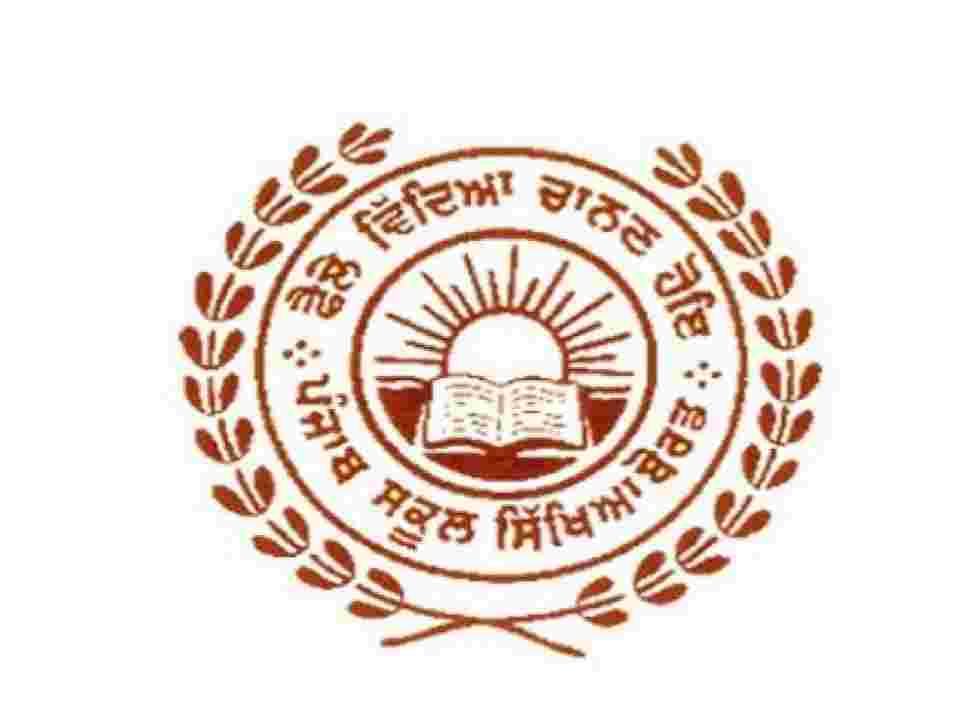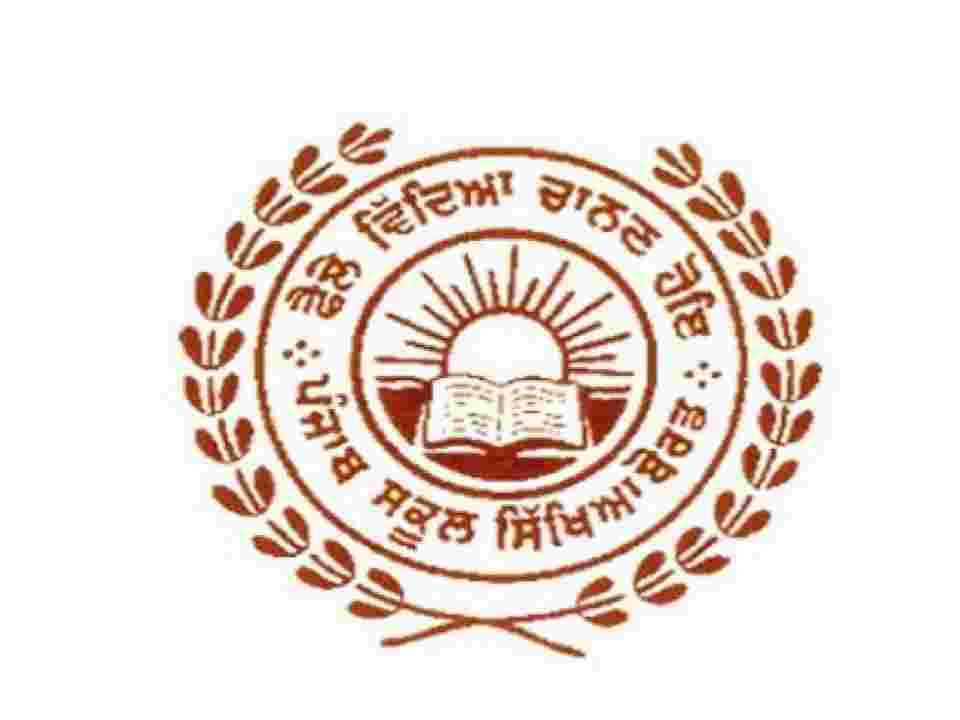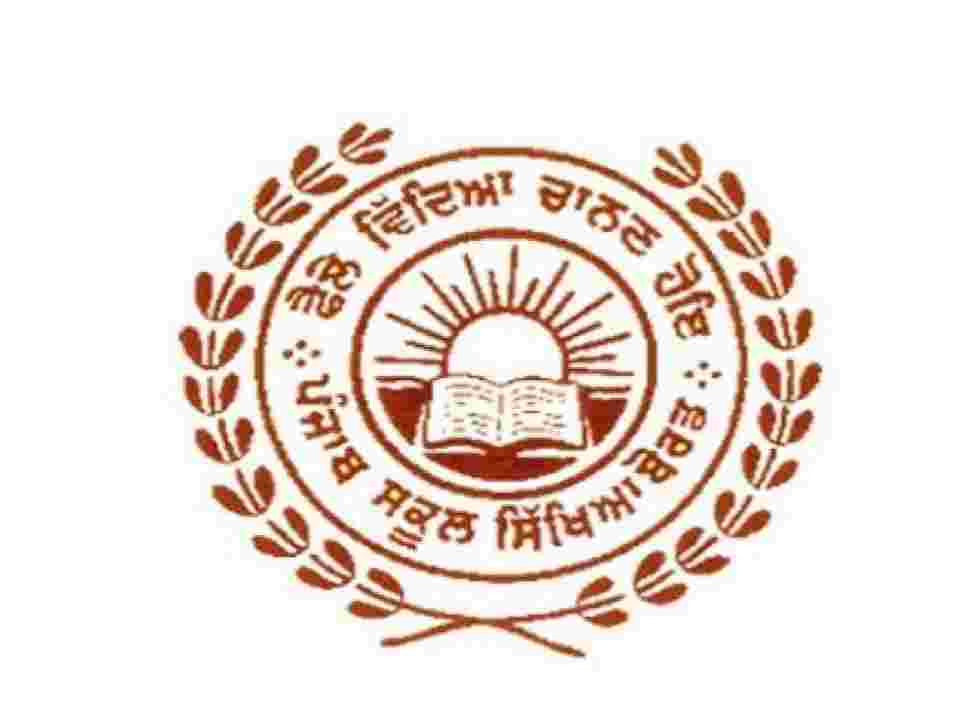
Free
Free
Notopedia is a nonprofit organization with a mission to provide free learning support to all. Click here to donate or volunteer.
Notopedia has a mission to provide free learning support. Click here to donate or volunteer.

OFFICIAL SYLLABUS 2022
Unit-I: Relations and Functions
1. Relations and Functions
Types of relations: Reflexive, symmetric, transitive and equivalence relations. One to one and onto functions, composite functions, inverse of a function.
2. Inverse Trigonometric Functions
Definition, Range, Domain, Principal value branches. Graphs of inverse trigonometric functions. Elementary properties of inverse trigonometric functions.
Unit-II: Algebra
3. Matrices
Concept, notation, order, equality, types of matrices, zero and identity matrix, transpose of a matrix, symmetric and skew symmetric matrices.Operation of matrices. Addition and multiplication and multiplication with a scalar. Simple properties of addition, multiplication and scalar multiplication. Noncommutativity of multiplication of matrices and existence of non-zero matrices whose product is the zero matrix (restrict to square matrices of order 2). Concept of elementary row and column operations. Invertible matrices and proof of the uniqueness of inverse, if it exists; (Here all matrices will have real entries).
4. Determinants
Determinant of a square matrix (up to 3 x 3 matrices), properties of determinants, minors, co-factors and applications of determinants in finding the area of a triangle. Adjoint and inverse of a square matrix. Consistency, inconsistency and number of solutions of system of linear equations by examples, solving system of linear equations in two or three variables (having unique solution) using inverse of a matrix.
Unit-III: Calculus
5. Continuity and Differentiability
Continuity and differentiability, derivative of composite functions, chain rule, derivative of inverse trigonometric functions, derivative of implicit functions. Concept of exponential and logarithmic functions.
Derivatives of logarithmic and exponential functions. Logarithmic differentiation, derivative of functions expressed in parametric forms. Second order derivatives. Rolle’s and Lagrange's Mean Value Theorems (without proof) and their geometric interpretation.
6. Applications of Derivatives
Applications of derivatives: rate of change of bodies, increasing/decreasing functions, tangents and normals, use of derivatives in approximation, maxima and minima (first derivative test motivated geometrically and second derivative test given as a provable tool). Simple problems (that illustrate basic principles and understanding of the subject as well as real-life situations).
7. Integrals
Integration as inverse process of differentiation. Integration of a variety of functions by substitution, by partial fractions and by parts, Evaluation of simple integrals.
Definite integrals as a limit of a sum, Fundamental Theorem of Calculus (without proof). Basic properties of definite integrals and evaluation of definite integrals.
8. Applications of the Integrals
Applications in finding the area under simple curves, especially lines, circles/ parabolas/ellipses (in standard form only), Area between any of the two above said curves (the region should be clearly identifiable).
9. Differential Equations
Definition, order and degree, general and particular solutions of a differential equation. Formation of differential equation whose general solution is given. Solution of differential equations by method of separation of variables, solutions of homogeneous differential equations of first order and first degree. Solutions of linear differential equation of the type:
dy/dx + py = q, where p and q are functions of x or constants.
dx/dy + px = q, where p and q are functions of y or constants.
Unit-IV: Vectors and Three-Dimensional Geometry
10. Vectors
Vectors and scalars, magnitude and direction of a vector. Direction cosines and direction ratios of a vector. Types of vectors (equal, unit, zero, parallel and collinear vectors), position vector of a point, negative of a vector, components of a vector, addition of vectors, multiplication of a vector by a scalar, position vector of a point dividing a line segment in a given ratio. Definition, Geometrical Interpretation, properties and application of scalar (dot) product of vectors, vector (cross) product of vectors, scalar triple product of vectors.
11. Three - dimensional Geometry
Direction cosines and direction ratios of a line joining two points. Cartesian equation and vector equation of a line, Coplanar and skew lines, Shortest distance between two lines. Cartesian and vector equation of a plane. Angle between (i) two lines, (ii) two planes, (iii) a line and a plane. Distance of a point from a plane.
Unit-V: Linear Programming
12. Linear Programming
Introduction, related terminology such as constraints, objective function, optimization, different types of linear programming (L.P.) problems, mathematical formulation of L.P. problems, graphical method of solution for problems in two variables, feasible and infeasible regions (bounded or unbounded), feasible and infeasible solutions, optimal feasible solutions (up to three non-trivial constraints).
Unit-VI: Probability
13. Probability
Conditional probability, multiplication theorem on probability, independent events, total probability, Bayes’ theorem, Random variable and its probability distribution, mean and variance of random variable. Binomial probability distribution.
For More Information:- Click Here
There will be One Paper in this Subject.
Time Duration : 3 Hrs.
Maximum Marks : Theory - 80, INA - 20 = 100 Marks
Units & their Weightage
| S.No | Chapter | Total Marks |
| 1 | Relations & Functions | 2 |
| 2 | Inverse Trigonometric Functions | 6 |
| 3 | Matrices | 8 |
| 4 | Determinants | 5 |
| 5 | Continuity and Differentiability | 9 |
| 6 | Applications of Derivatives | 3 |
| 7 | Integrals | 10 |
| 8 | Applications of the Integrals | 2 |
| 9 | Differential Equations | 7 |
| 10 | Vectors | 5 |
| 11 | Three Dimensional Geometry | 9 |
| 12 | Linear Programming | 7 |
| 13 | Probability | 7 |
| Total | 80 Marks |
Conditions of eligibility for admission to class XII
1. Candidates who have been studying in a School recognised by or affiliated to this Board or any other recognised Board of Secondary Education in India.
2. Candidates can not take admission directly in class XII.
3. Candidates had completed a regular course of study for class XI and passed class XI examination from a school affilicated to this Board.
4. The candidates percentage for attendance should be 75% so that the Board to make him/her eligible for the Examinations.
5. Candidate can be admitted to a school only on the transfer of the parents(s) or shifting of their families from one place to another, after procuring from the student the marksheet and the Transfer Certificate duly countersigned by the Educational Authorities of the Board Concerned.
6. There is no age limit for candidates taking the Examination.
7. Candidate should have doucments in support of his having passed the qualifying or equivalent qualifying examination.
Official Time Table - 2022
| Date & Day | Subject & Code | Timing |
| 01, July 2022 (Friday) | General Punjabi - (002) | 11 Am |
| 02, July 2022 (Saturday) | Economics - (026), Agriculture (065), General Foundation Course - (138) | 11 Am |
| 04, July 2022 (Monday) | General English (001) | 11 Am |
| 05, July 2022 (Tuesday) | Elective Punjabi (004), Elective Hindi (005), Elective English (006), Physics (052), Business Studies (141) | 11 Am |
| 06, July 2022 (Wednesday) | Political Science (031), Chemistry (053), Accountancy (142) | 11 Am |
| 07, July 2022 (Thursday) | History (025), Biology (054), Psychology (044) | 11 Am |
| 08, July 2022 (Friday) | Home Science (045), Book Keeping (187) | 11 Am |
| 11, July 2022 (Monday) | Computer Science (146), Media studies (150) | 11 Am |
| 12, July 2022 (Tuesday) | Welcome Life (210), Maths | 11 Am |
| 13, July 2022 (Wednesday) | Enviournment Science (139), Management (181) | 11 Am |
Analysis 2019 Code - 028/A
1. There are total 23 questions in this part.
2. All questions are compulsory.
3. Question 1 will consist of 10 parts and each part will carry 1 marks.
4. Question 2 to Question 9 each will be of 2 marks.
5. Question 10 to Question 19 each will be of 4 marks.
6. Question 20 to Question 23 each will be of 6 marks.
7. Graph paper is attached with the question paper.
And
There was no overall choice. However, Question numbers 10,13,15,20,21,22and 23 contain internal choice.
Comment
1. The difficulty level of the Maths paper 2019: Moderate
2. All the questions in the paper were asked from the latest syllabus and based on NCERT textbooks.
4. The average range of expected marks was 60+ (out of 75).
1. There are total 23 questions in this part.
2. All questions are compulsory.
3. Question 1 will consist of 10 parts and each part will carry 1 marks.
4. Question 2 to Question 9 each will be of 2 marks.
5. Question 10 to Question 19 each will be of 4 marks.
6. Question 20 to Question 23 each will be of 6 marks.
7. Graph paper is attached with the question paper.
8. Question numbers 10,13,15,20,21,22and 23 contain internal choice.
9. Use of calculator is not allowed but log tables can be used.

PSEB has announced the Punjab Board Supplementary Result 2025 for Class 10 and 12 students, including open school candidates. Check your results online at pseb.ac.in with login details and download a copy for reference...
| Posted On: 07 Oct, 2025 | |
| Read More | |

Punjab Board (PSEB) has released the Class 10 and 12 Compartment Exam Datesheet 2025. Exams will be held from August 8 to 29 in a single shift...
| Posted On: 21 Jul, 2025 | |
| Read More | |

Check the PSEB Class 12th Board Exam Results 2025, including pass percentage, toppers list, and gender-wise performance...
| Posted On: 14 May, 2025 | |
| Read More | |

Students preparing for the 2025 Punjab Board exams can access the date sheet to plan their studies accordingly...
| Posted On: 09 Jan, 2025 | |
| Read More | |

These practical exams will be held from January 27, 2025, to February 4, 2025, across various schools in Punjab...
| Posted On: 08 Jan, 2025 | |
| Read More | |
 |
 |
 |
|



© 2025 Notopedia All rights reserved.
This content has been book marked
